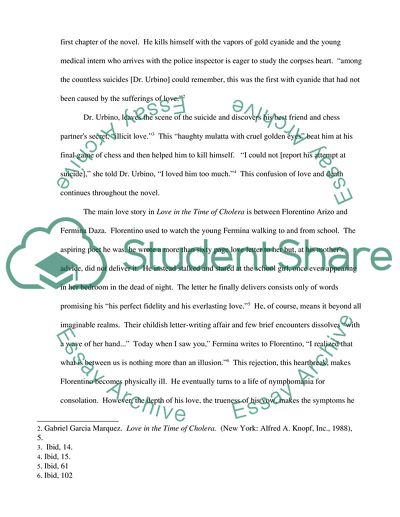Cite this document
(“The Strong Themes Of Love And Death In Literature Term Paper”, n.d.)
The Strong Themes Of Love And Death In Literature Term Paper. Retrieved from https://studentshare.org/literature/1746911-love-in-the-time-of-cholera-by-gabriel-garcia-marquez
The Strong Themes Of Love And Death In Literature Term Paper. Retrieved from https://studentshare.org/literature/1746911-love-in-the-time-of-cholera-by-gabriel-garcia-marquez
(The Strong Themes Of Love And Death In Literature Term Paper)
The Strong Themes Of Love And Death In Literature Term Paper. https://studentshare.org/literature/1746911-love-in-the-time-of-cholera-by-gabriel-garcia-marquez.
The Strong Themes Of Love And Death In Literature Term Paper. https://studentshare.org/literature/1746911-love-in-the-time-of-cholera-by-gabriel-garcia-marquez.
“The Strong Themes Of Love And Death In Literature Term Paper”, n.d. https://studentshare.org/literature/1746911-love-in-the-time-of-cholera-by-gabriel-garcia-marquez.


